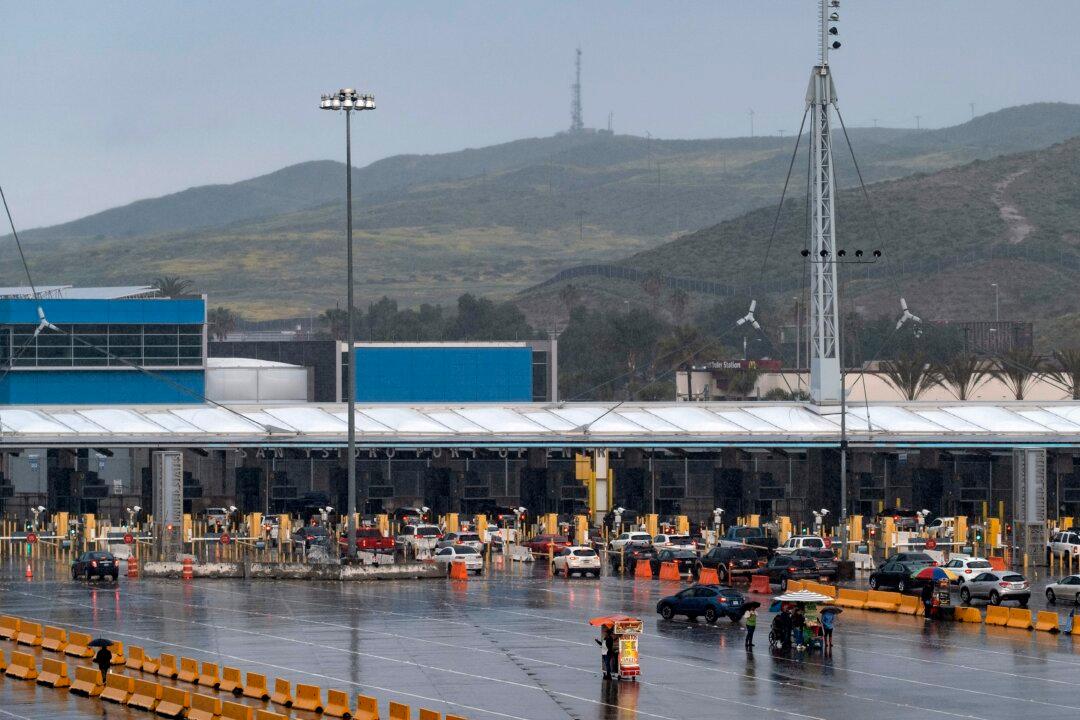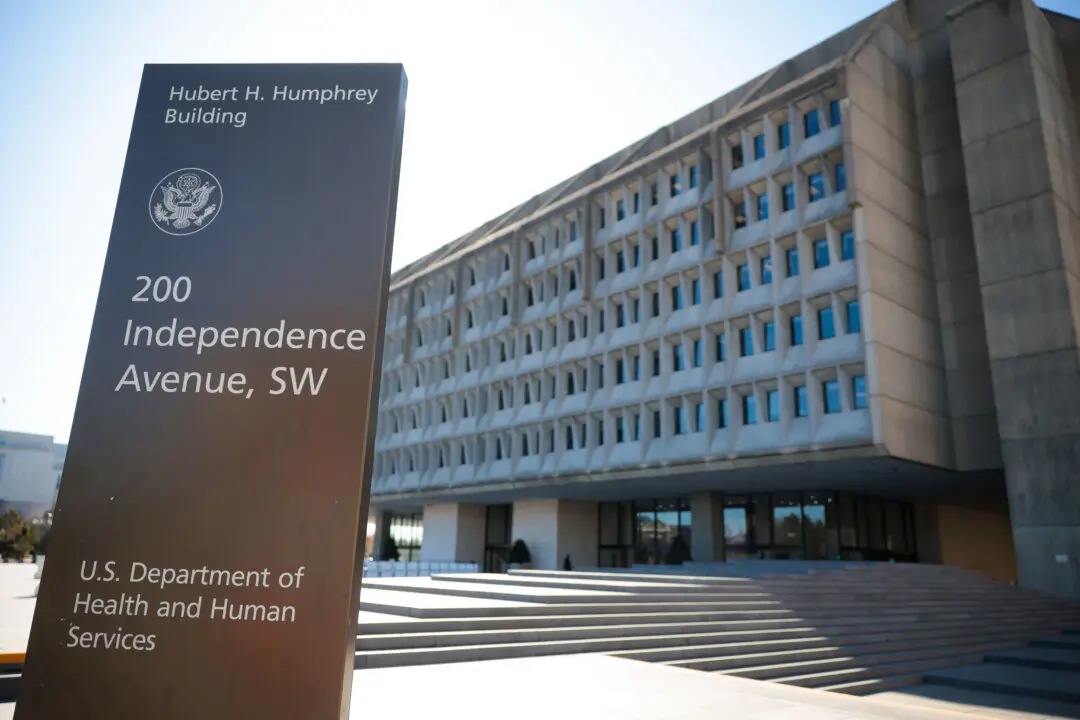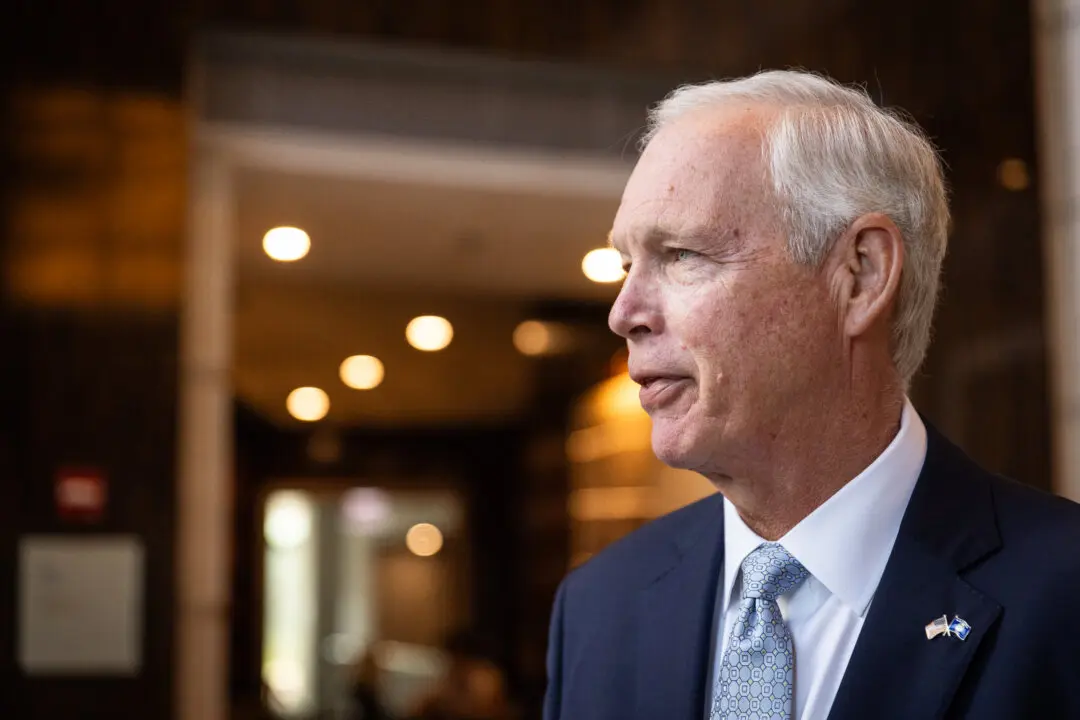The United States and Mexico agreed to close the shared border between the countries to non-essential traffic, Trump administration officials announced on Friday.
The move came two days after America and Canada jointly agreed to close the shared border to non-essential traffic. The agreements go into effect on Saturday.





